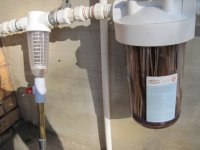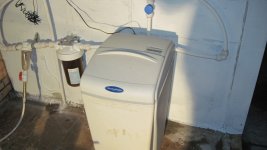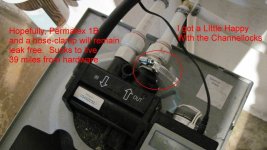leitmotif
Member
Jeff
It all depends on what coliform you are talking about. Are they fecal or iron. If fecal the general analysis is for total fecal ie animal plus human. This is most common test and cheapest. YOu can get further testing to distinguish between animal and human at ADDED cost.
Iron coliform to best of my knowledge are not considered a health hazard UNLESS they make HER white blouse pink. Then there may be some health or happiness issues for YOU.
See your local health dept for assistance and reading material. They may be able to provide water analysis also.
Dan Bentler
It all depends on what coliform you are talking about. Are they fecal or iron. If fecal the general analysis is for total fecal ie animal plus human. This is most common test and cheapest. YOu can get further testing to distinguish between animal and human at ADDED cost.
Iron coliform to best of my knowledge are not considered a health hazard UNLESS they make HER white blouse pink. Then there may be some health or happiness issues for YOU.
See your local health dept for assistance and reading material. They may be able to provide water analysis also.
Dan Bentler






